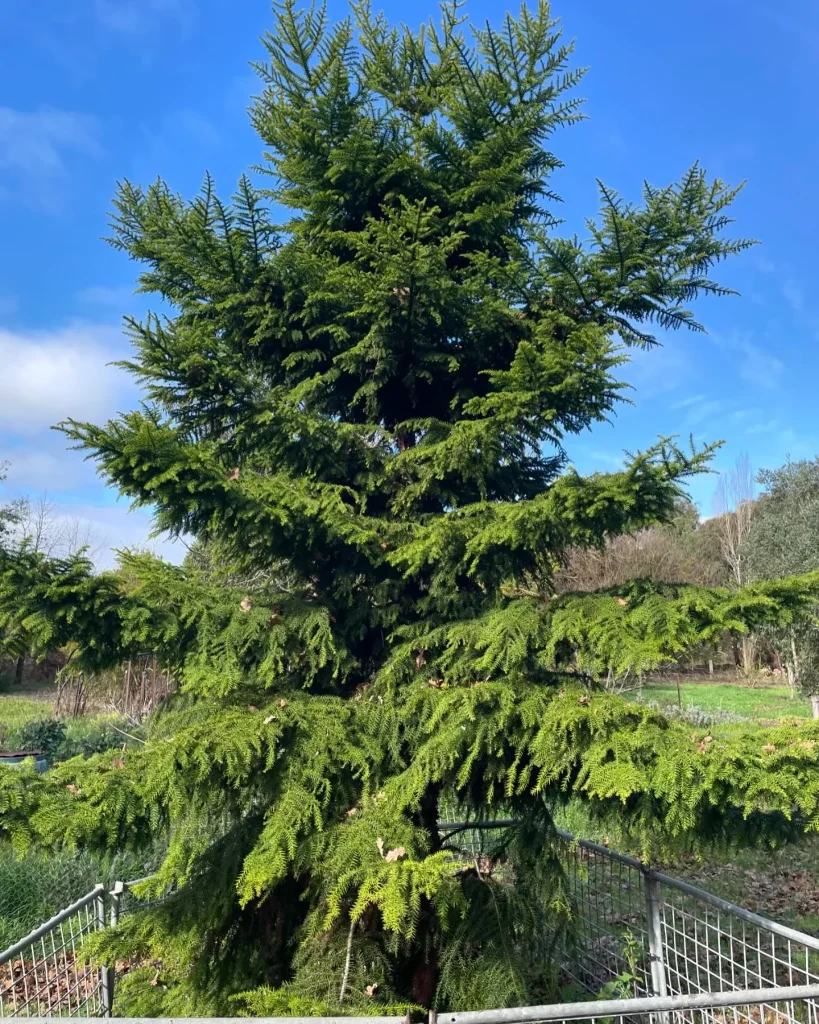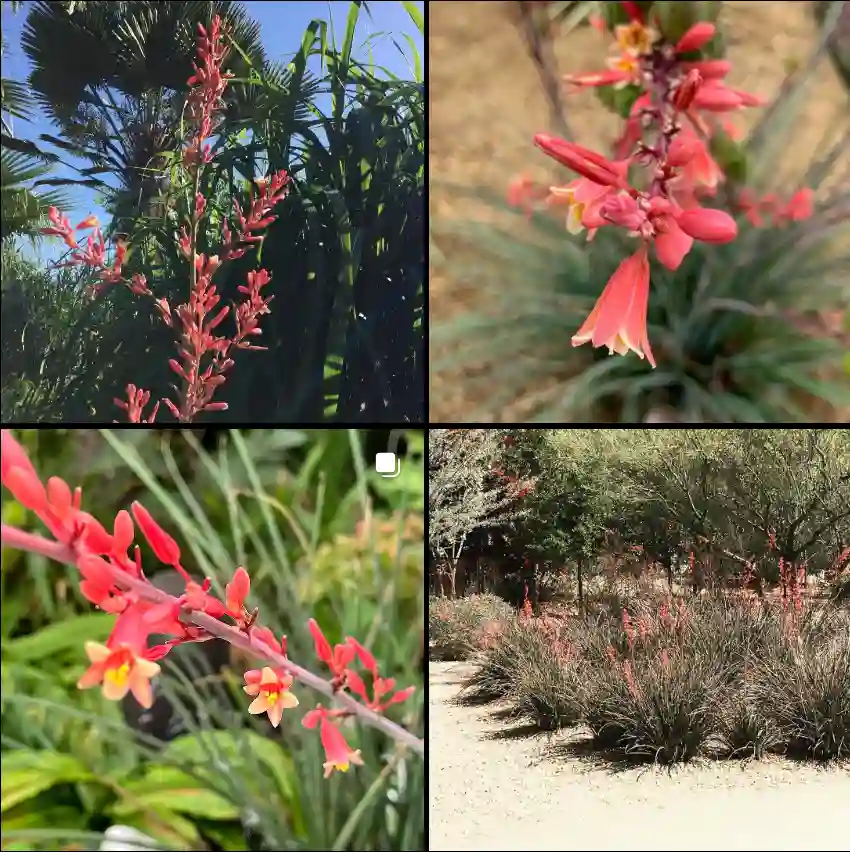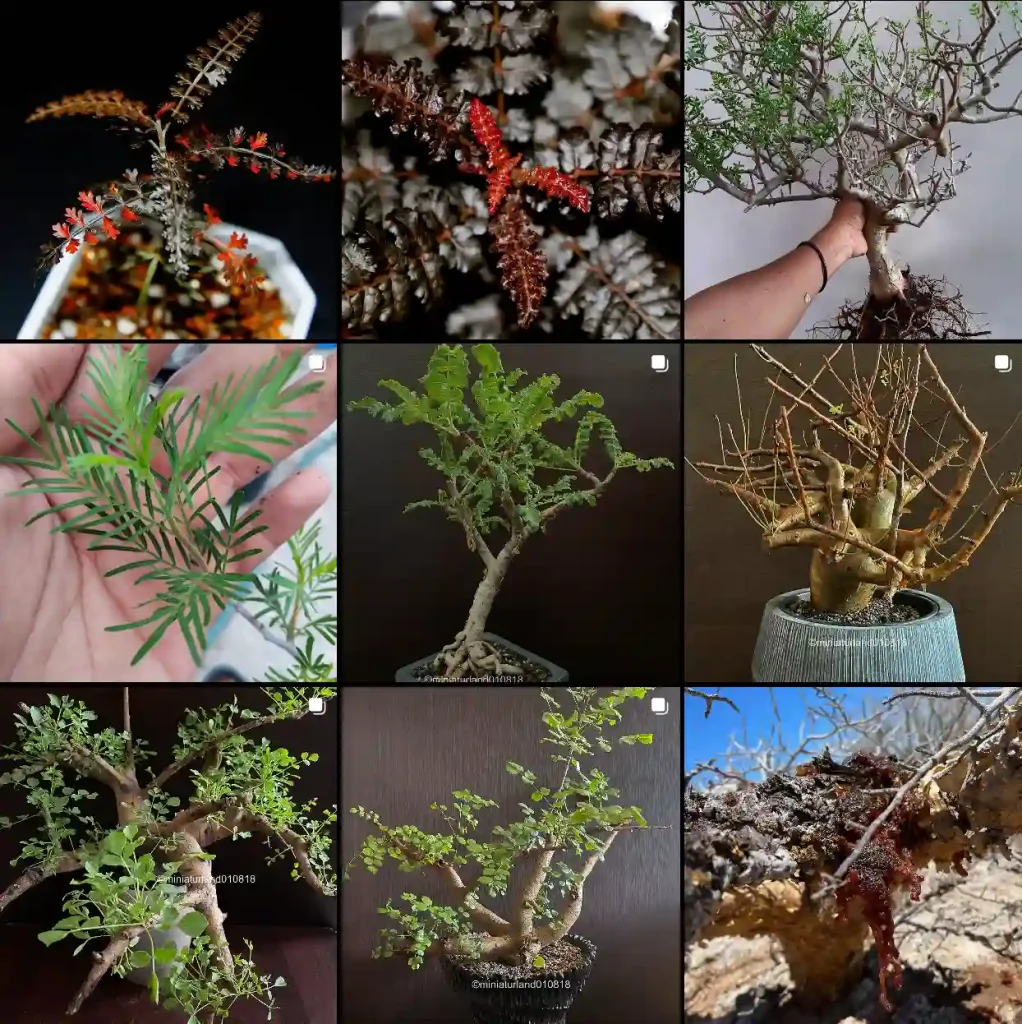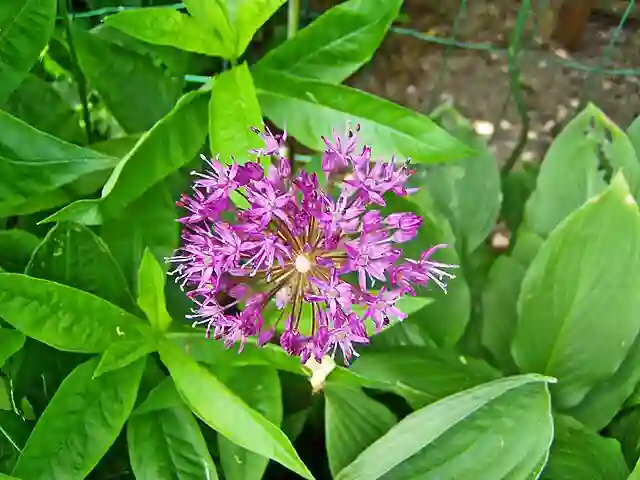A Deep Dive into the World of Symphyotrichum
As a plant enthusiast, I’m always eager to learn about new and fascinating genera. Recently, I’ve become captivated by the diverse and beautiful world of Symphyotrichum, a genus of flowering plants in the Asteraceae family. Commonly known as American asters, these vibrant perennials are a staple in gardens across North America and beyond. Join me as I delve into the intriguing characteristics, diverse species, and captivating history of this remarkable genus.
What Makes Symphyotrichum Unique?
Symphyotrichum plants are herbaceous, meaning they lack woody stems. They typically feature daisy-like flowers with a central disc surrounded by colorful ray florets. The flower heads come in a stunning array of hues, including blues, purples, pinks, and whites. These vibrant blooms attract a variety of pollinators, such as bees, butterflies, and moths, making them an essential part of the ecosystem.
One of the defining characteristics of Symphyotrichum is its involucre, a series of bracts that enclose the flower head. These bracts are often green and leafy, providing a striking contrast to the vibrant petals. The leaves of Symphyotrichum plants are typically simple and alternate, varying in shape and size depending on the species.
A Diverse Genus
The genus Symphyotrichum boasts over 100 species, each with its own unique characteristics and distribution:
- Symphyotrichum adnatum (Nutt.) G.L.Nesom
- Symphyotrichum anomalum (Engelm.) G.L.Nesom
- Symphyotrichum anticostense (Fernald) G.L.Nesom
- Symphyotrichum ascendens (Lindl.) G.L.Nesom
- Symphyotrichum bahamense (Britton) G.L.Nesom
- Symphyotrichum × batesii (Rydb.) G.L.Nesom
- Symphyotrichum bimater (Standl. & Steyerm.) G.L.Nesom
- Symphyotrichum boreale (Torr. & A.Gray) Á.Löve & D.Löve
- Symphyotrichum bracteolatum (Nutt.) G.L.Nesom
- Symphyotrichum bullatum (Klatt) G.L.Nesom
- Symphyotrichum burgessii (Britton) G.L.Nesom
- Symphyotrichum campestre (Nutt.) G.L.Nesom
- Symphyotrichum carnerosanum (S.Watson) G.L.Nesom
- Symphyotrichum chapmanii (Torr. & A.Gray) Semple & Brouillet
- Symphyotrichum chihuahuense G.L.Nesom
- Symphyotrichum chilense (Nees) G.L.Nesom
- Symphyotrichum ciliatum (Ledeb.) G.L.Nesom
- Symphyotrichum ciliolatum (Lindl.) Á.Löve & D.Löve
- Symphyotrichum × columbianum (Piper) G.L.Nesom
- Symphyotrichum concolor (L.) G.L.Nesom
- Symphyotrichum cordifolium (L.) G.L.Nesom Plant FAQs: Symphyotrichum Cordifolium – Heartleaf Aster
- Symphyotrichum defoliatum (Parish) G.L.Nesom
- Symphyotrichum depauperatum (Fernald) G.L.Nesom
- Symphyotrichum divaricatum (Nutt.) G.L.Nesom
- Symphyotrichum drummondii (Lindl.) G.L.Nesom
- Symphyotrichum dumosum (L.) G.L.Nesom
- Symphyotrichum elliottii (Torr. & A.Gray) G.L.Nesom
- Symphyotrichum ericoides (L.) G.L.Nesom Plant FAQs: Symphyotrichum Ericoides – White Heath Aster
- Symphyotrichum estesii Semple
- Symphyotrichum eulae (Shinners) G.L.Nesom
- Symphyotrichum expansum (Poepp. ex Spreng.) G.L.Nesom
- Symphyotrichum falcatum (Lindl.) G.L.Nesom
- Symphyotrichum fendleri (A.Gray) G.L.Nesom
- Symphyotrichum × finkii (Rydb.) G.L.Nesom
- Symphyotrichum firmum (Nees) G.L.Nesom
- Symphyotrichum foliaceum (Lindl. ex DC.) G.L.Nesom
- Symphyotrichum fontinale (Alexander) G.L.Nesom
- Symphyotrichum frondosum (Nutt.) G.L.Nesom
- Symphyotrichum georgianum (Alexander ex Small) G.L.Nesom
- Symphyotrichum glabrifolium (DC.) G.L.Nesom
- Symphyotrichum graminifolium (Spreng.) G.L.Nesom
- Symphyotrichum grandiflorum (L.) G.L.Nesom
- Symphyotrichum × gravesii (E.S.Burgess) G.L.Nesom
- Symphyotrichum greatae (Parish) G.L.Nesom
- Symphyotrichum hallii (A.Gray) G.L.Nesom
- Symphyotrichum hendersonii (Fernald) G.L.Nesom
- Symphyotrichum hintonii (G.L.Nesom) G.L.Nesom
- Symphyotrichum jessicae (Piper) G.L.Nesom
- Symphyotrichum kentuckiense (Britton) Medley
- Symphyotrichum laeve (L.) Á.Löve & D.Löve Plant FAQs: Symphyotrichum Laeve – Smooth Aster
- Symphyotrichum lanceolatum (Willd.) G.L.Nesom Plant FAQs: Symphyotrichum Lanceolatum – White Panicled Aster
- Symphyotrichum lateriflorum (L.) Á.Löve & D.Löve Plant FAQs: Symphyotrichum Lateriflorum – Side Flowering Aster – Calico Aster
- Symphyotrichum laurentianum (Fernald) G.L.Nesom
- Symphyotrichum lentum (Greene) G.L.Nesom
- Symphyotrichum leonis (Britton) G.L.Nesom
- Symphyotrichum × longulum (E.Sheld.) G.L.Nesom
- Symphyotrichum lucayanum (Britton) G.L.Nesom
- Symphyotrichum martii (Baker) G.L.Nesom
- Symphyotrichum molle (Rydb.) G.L.Nesom
- Symphyotrichum moranense (Kunth) G.L.Nesom
- Symphyotrichum nahanniense (Cody) Semple
- Symphyotrichum novae-angliae (L.) G.L.Nesom Plant FAQs: New England Aster – Symphyotrichum Novae-Angliae
- Symphyotrichum novi-belgii (L.) G.L.Nesom
- Symphyotrichum oblongifolium (Nutt.) G.L.Nesom
- Symphyotrichum ontarionis (Wiegand) G.L.Nesom
- Symphyotrichum oolentangiense (Riddell) G.L.Nesom
- Symphyotrichum × parisinum (Poit.) Malécot & Mabb.
- Symphyotrichum parviceps (E.S.Burgess) G.L.Nesom
- Symphyotrichum patagonicum (Cabrera) G.L.Nesom
- Symphyotrichum patens (Aiton) G.L.Nesom
- Symphyotrichum peteroanum (Phil.) G.L.Nesom
- Symphyotrichum phlogifolium (Muhl. ex Willd.) G.L.Nesom
- Symphyotrichum pilosum (Willd.) G.L.Nesom Plant FAQs: Symphyotrichum Pilosum – Hairy Aster
- Symphyotrichum plumosum (Small) Semple
- Symphyotrichum porteri (A.Gray) G.L.Nesom
- Symphyotrichum potosinum (A.Gray) G.L.Nesom
- Symphyotrichum praealtum (Poir.) G.L.Nesom
- Symphyotrichum pratense (Raf.) G.L.Nesom
- Symphyotrichum prenanthoides (Muhl. ex Willd.) G.L.Nesom
- Symphyotrichum × priceae (Britton) G.L.Nesom
- Symphyotrichum puniceum (L.) Á.Löve & D.Löve
- Symphyotrichum purpurascens (Sch.Bip.) G.L.Nesom
- Symphyotrichum pygmaeum (Lindl.) Brouillet & Selliah
- Symphyotrichum racemosum (Elliott) G.L.Nesom
- Symphyotrichum regnellii (Baker) G.L.Nesom
- Symphyotrichum retroflexum (Lindl.) G.L.Nesom
- Symphyotrichum rhiannon Weakley & Govus
- Symphyotrichum robynsianum (J.Rousseau) Brouillet & Labrecque
- Symphyotrichum × salignum (Willd.) G.L.Nesom
- Symphyotrichum × saramooreae A.Haines
- Symphyotrichum schaffneri (S.D.Sundb. & A.G.Jones) G.L.Nesom
- Symphyotrichum × schistosum (E.S.Steele) G.L.Nesom
- Symphyotrichum sericeum (Vent.) G.L.Nesom
- Symphyotrichum shortii (Lindl.) G.L.Nesom Plant FAQs: Symphyotrichum Shortii
- Symphyotrichum simmondsii (Small) G.L.Nesom
- Symphyotrichum spathulatum (Lindl.) G.L.Nesom
- Symphyotrichum squamatum (Spreng.) G.L.Nesom
- Symphyotrichum × subgeminatum (Fernald) G.L.Nesom
- Symphyotrichum subspicatum (Nees) G.L.Nesom
- Symphyotrichum subulatum (Michx.) G.L.Nesom
- Symphyotrichum × tardiflorum (L.) Greuter, M.V.Agab. & Wagenitz
- Symphyotrichum tenuifolium (L.) G.L.Nesom
- Symphyotrichum tradescanti (L.) G.L.Nesom
- Symphyotrichum trilineatum (Sch.Bip. ex Klatt) G.L.Nesom
- Symphyotrichum turbinellum (Lindl.) G.L.Nesom
- Symphyotrichum turneri (S.D.Sundb. & A.G.Jones) G.L.Nesom
- Symphyotrichum undulatum (L.) G.L.Nesom
- Symphyotrichum urophyllum (Lindl.) G.L.Nesom
- Symphyotrichum vahlii (Gaudich.) G.L.Nesom
- Symphyotrichum × versicolor (Willd.) G.L.Nesom
- Symphyotrichum walteri (Alexander ex Small) G.L.Nesom
- Symphyotrichum welshii (Cronquist) G.L.Nesom
- Symphyotrichum × woldenii (Rydb.) G.L.Nesom
- Symphyotrichum yukonense (Cronquist) G.L.Nesom
A History of Classification
The genus Symphyotrichum has a fascinating taxonomic history. Initially, many of its species were classified under the genus Aster. However, in the early 19th century, botanists began to recognize distinct differences between the Eurasian and North American asters. This led to the establishment of the genus Symphyotrichum in 1833 by German botanist Christian Gottfried Daniel Nees von Esenbeck.
The reclassification of these plants has helped to better understand their evolutionary relationships and unique characteristics. It also highlights the importance of ongoing research and observation in the field of botany.
Cultivating Symphyotrichum
Symphyotrichum plants are relatively easy to cultivate, making them a popular choice for gardeners of all levels. They thrive in full sun to partial shade and prefer well-drained soil. Most species are hardy in USDA zones 4-8, tolerating a range of temperatures and conditions.
To ensure healthy growth, water your Symphyotrichum plants regularly, especially during dry periods. Deadheading spent flowers can encourage further blooming and maintain a tidy appearance. Dividing clumps every few years can help to maintain plant vigor and prevent overcrowding.
The Beauty of American Asters
Whether you’re a seasoned gardener or just starting out, Symphyotrichum plants offer a wealth of beauty and diversity. Their vibrant flowers, adaptability, and ecological importance make them a valuable addition to any landscape. So, why not consider adding some American asters to your garden and enjoy their captivating blooms for years to come?
If i die, water my plants!



